How to Cultivate a Maker Mindset with Coding & Robotics
Mommy friends of mine often say that their little kids get more excited about the packaging of a gift than the toy itself inside the box! And it’s true — a cardboard box holds so many possibilities!
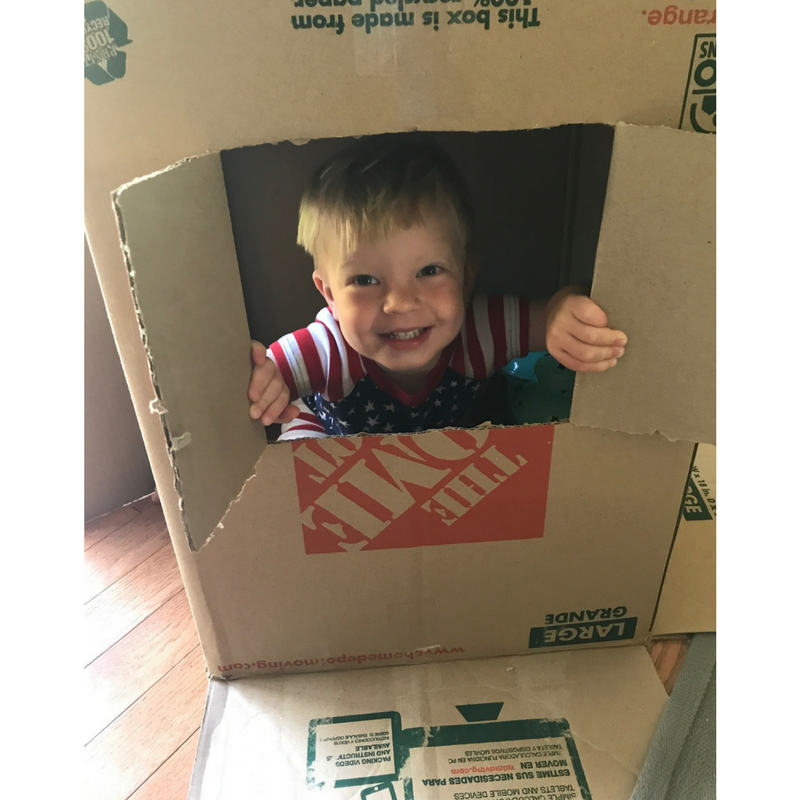
Nowadays, when we talk about the 4Cs in learning — critical thinking, communication, collaboration, and creativity — we often tout a design thinking mindset or a “maker mindset,” which encourages learners both young and old to tinker, iterate, and fail forward. Part of the design thinking process is to prototype one’s idea — that is, bring it to life quickly in a low-res fashion with DIY materials. Stanford professor Carol Dweck emphasizes this forward-thinking behavior in her research on having a growth mindset (watch her TED Talk). These mindsets combine the best thinking around the importance of play and the value of reflection. One of my favorite quotes of all time is by Ralph Waldo Emerson:
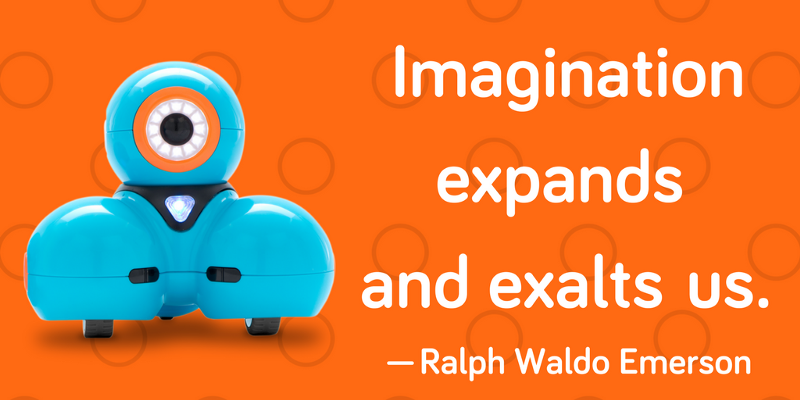
At a recent educator training in the Los Angeles Unified School District, we were talking about how to gather prototyping materials in a cart, thus creating a DIY mobile makerspace, as a way to best store and share Dash & Dot robots (see examples of such carts in our blog article). Then, seeing the stacks of boxes containing the teachers’ new resources got me thinking about cardboard … lots of cardboard!
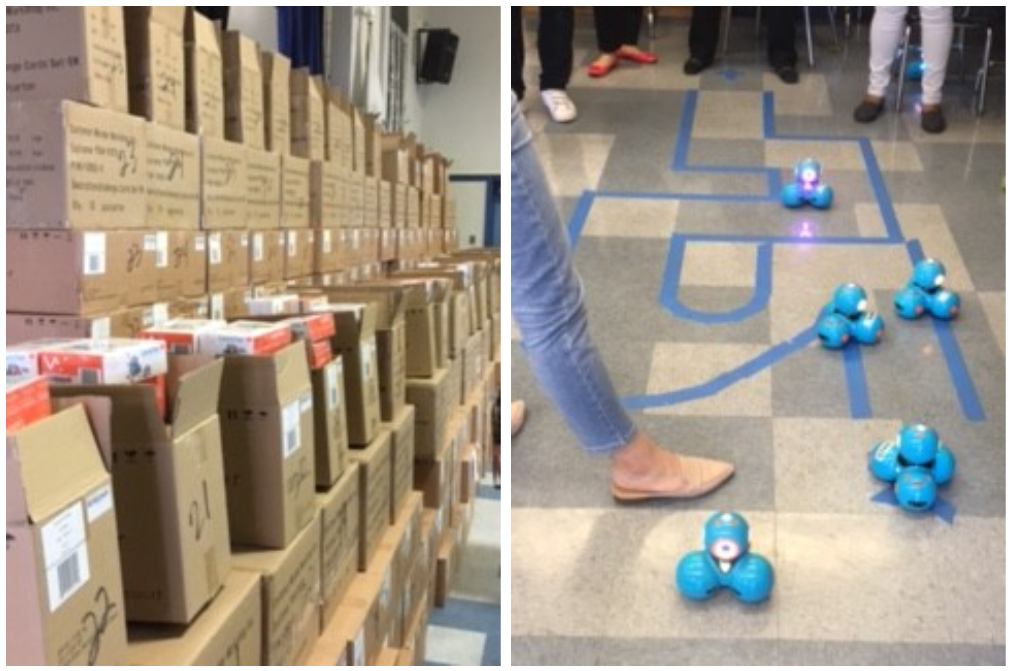
We began to talk about ways to use painter’s tape and paper cups to create obstacle courses for the robots, in the style of the popular TV show “American Ninja Warrior.” We discussed having students create baskets and targets to aim for, using Dash’s Launcher, out of the plethora of cardboard boxes they were about to have from their robot order. And I quickly recommended to everyone that they should watch the inspiring video “Caine’s Arcade” (fun to share with students, too!):
What a child’s imagination can do!
You can kick off your own classroom or home cardboard challenge with this popular children’s book, Not a Box. Then check out the ideas shared by the global cardboard challenge from Imagination.org.
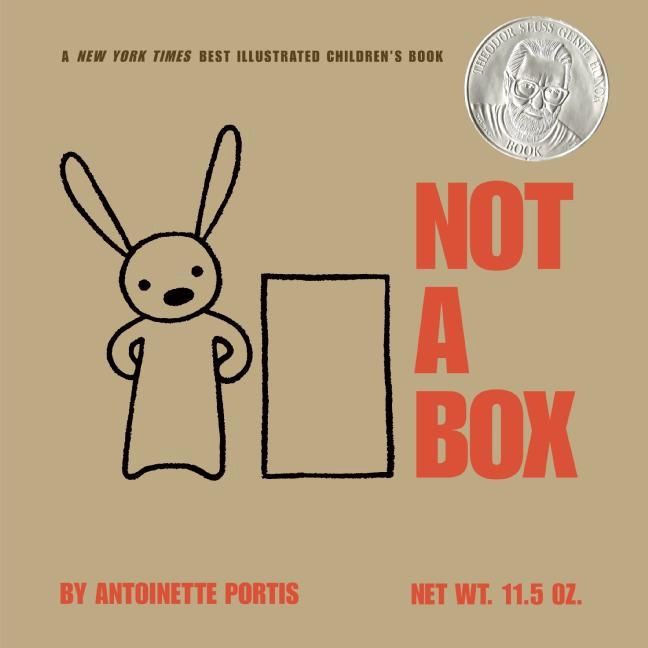
What makes a maker mindset? Why is a maker mindset valuable for one’s development and for future job opportunities? And who doesn’t want to be a creative problem-solver? Check out this EdSurge article, 6 Must-Haves for Developing a Maker Mindset, and read more about maker mindsets from Dale Dougherty, founder of Make Magazine. The founders of d.school (which is not an actual school) at Stanford University wrote their mindsets, in true Silicon Valley style, on a paper napkin. A fun activity for your students or family is to come up with your own napkin mindsets or mantra!
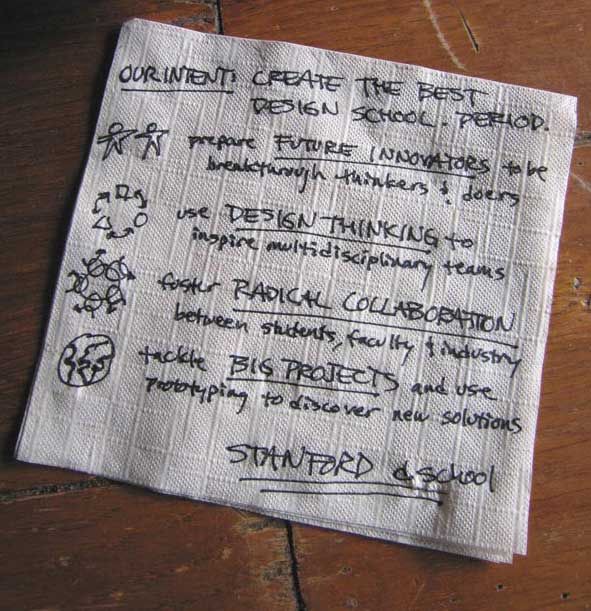
And summer is the perfect time to encourage both online and offline activities! We are promoting this with our Summer of Wonder program — 12 weeks of printable activities for Dash and Cue. Sign up to access these free downloadable packets, and you’ll also find special summer savings. Lot of creativity ideas for kids of all ages. Start saving those cardboard boxes!


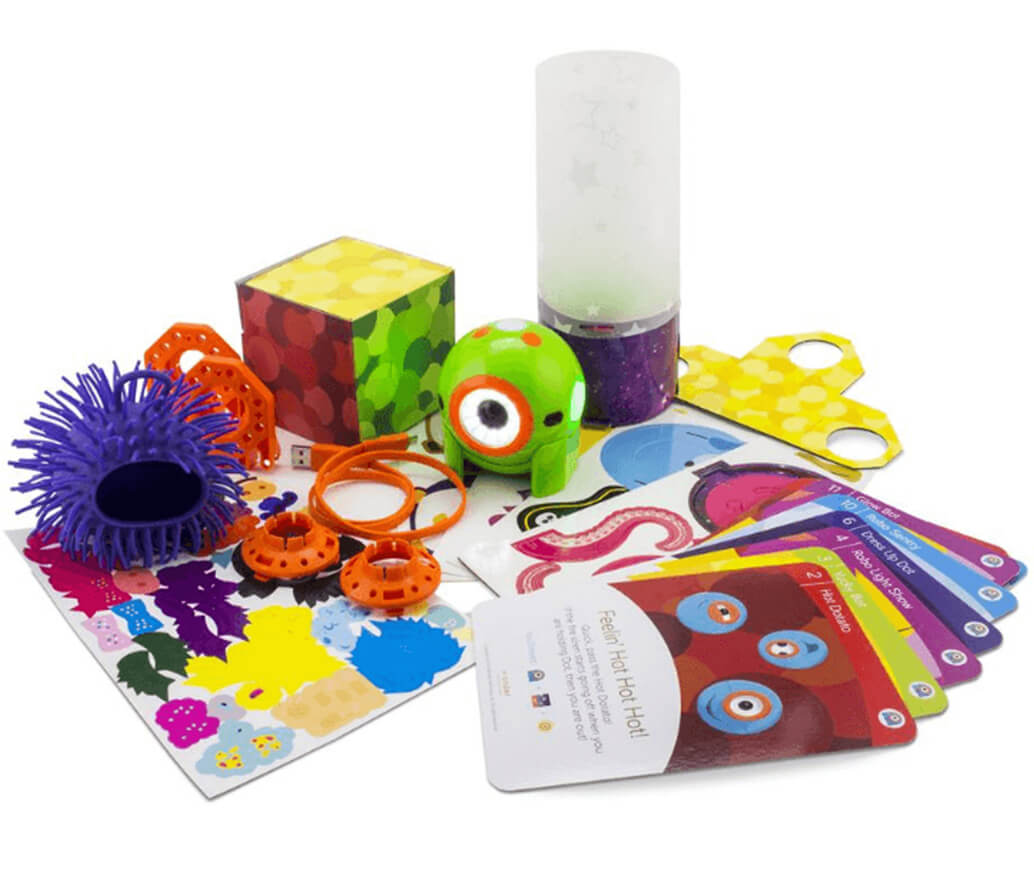
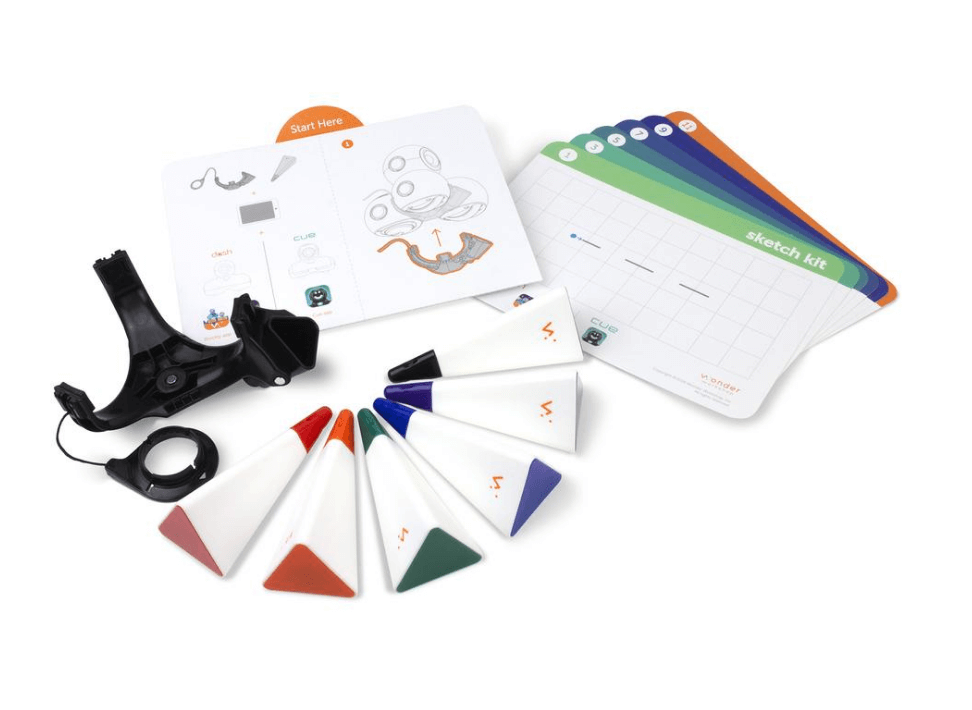


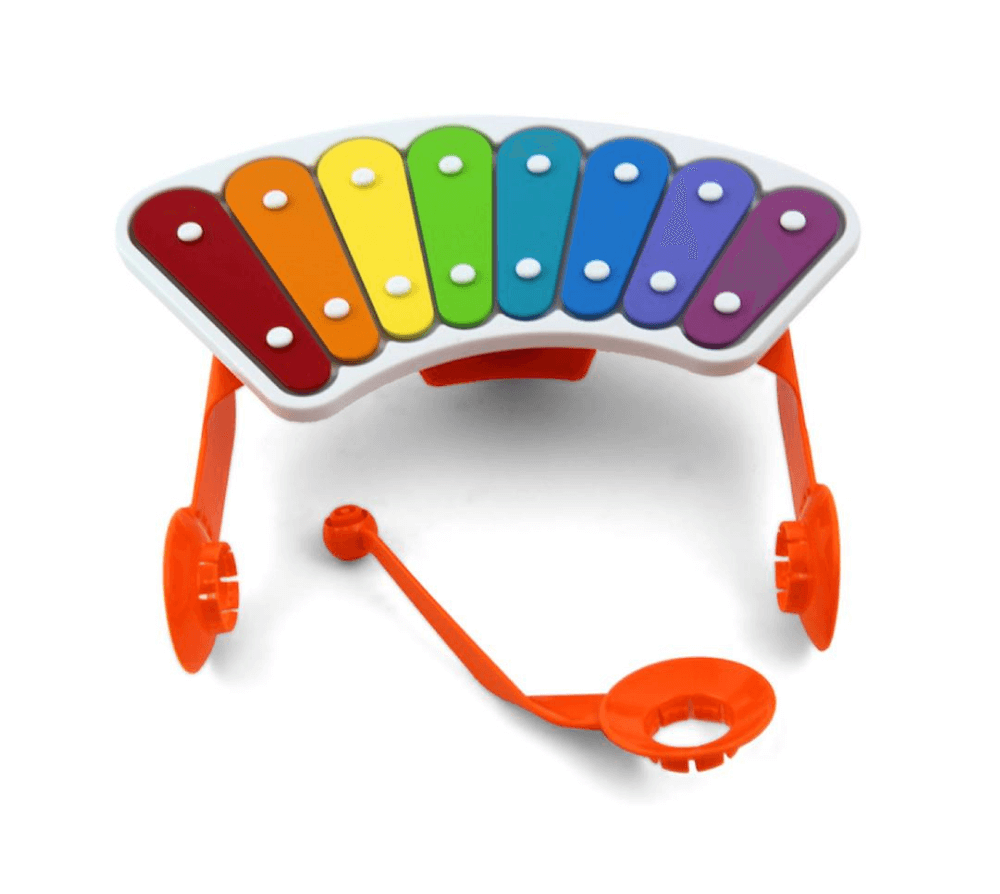

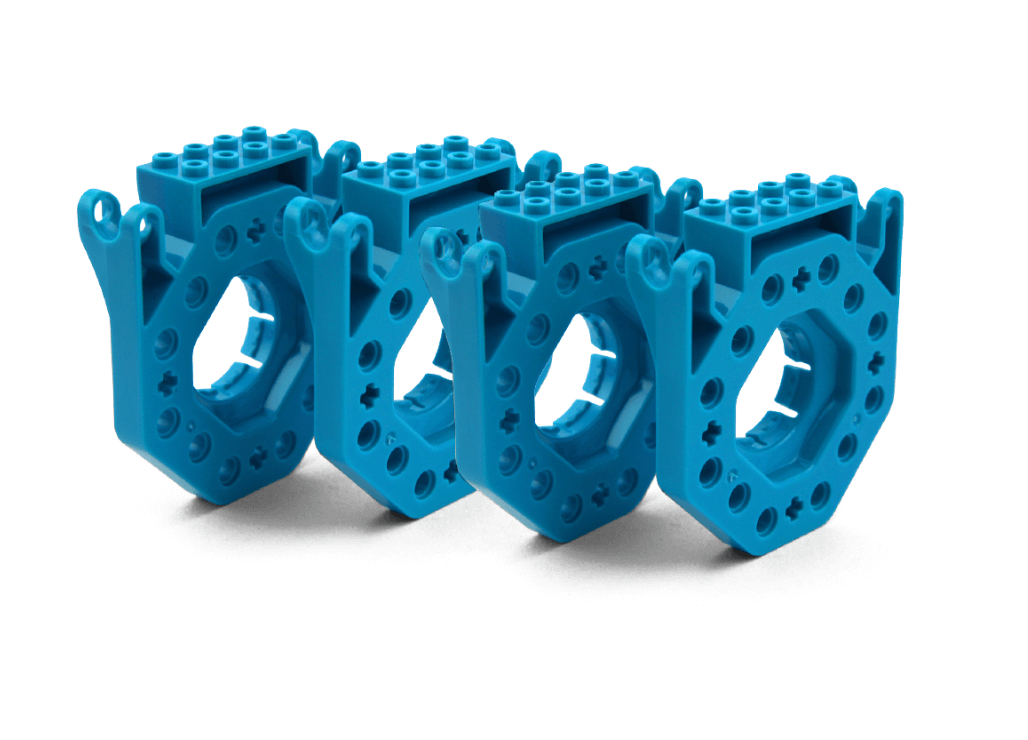
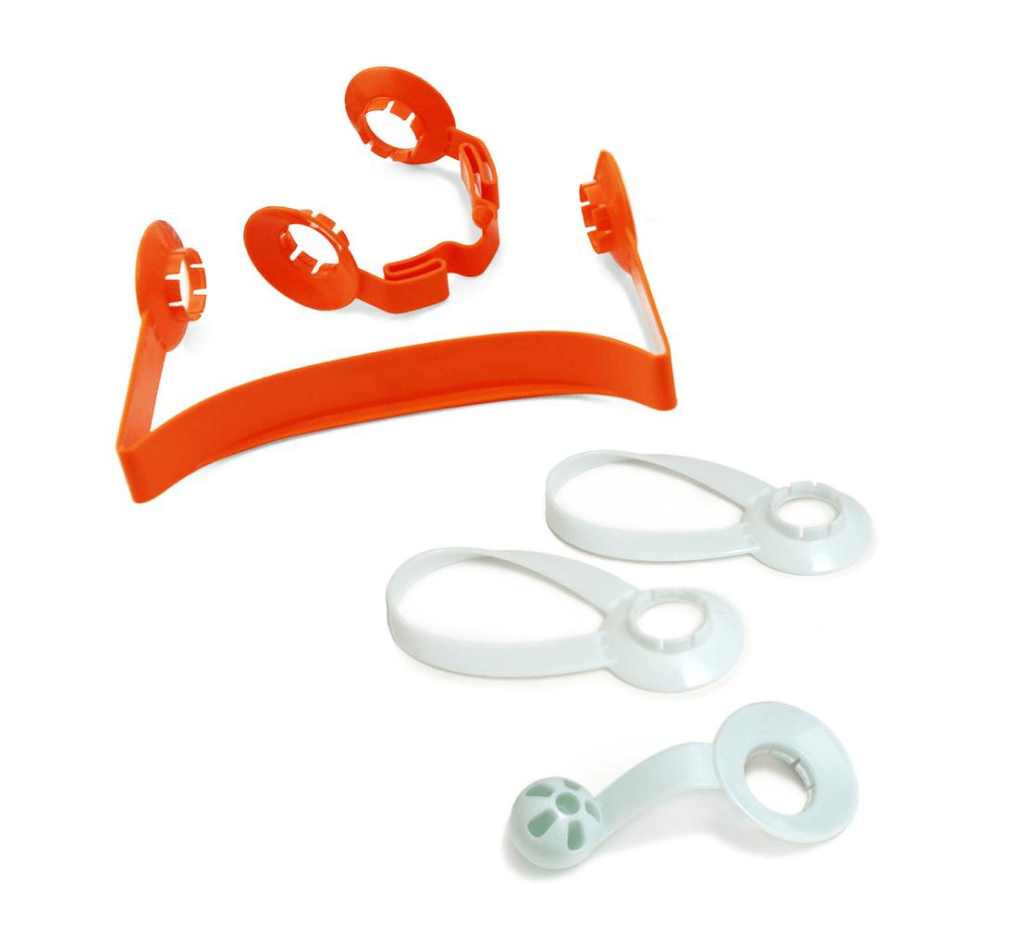

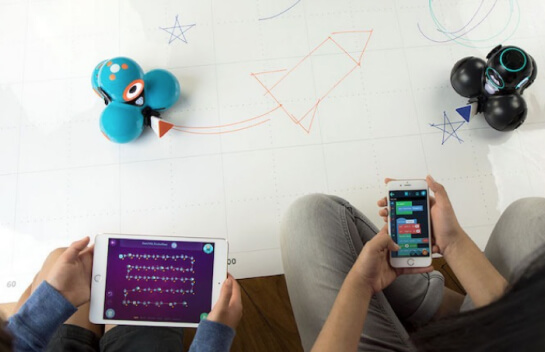
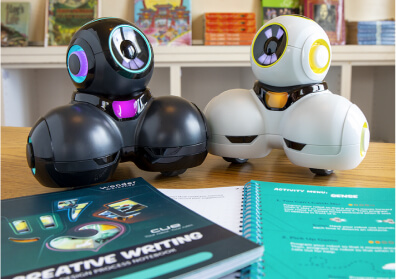
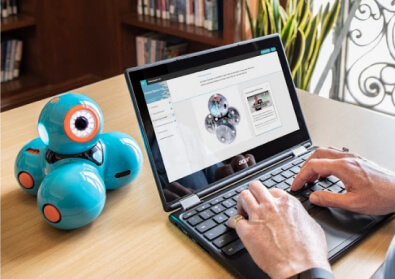



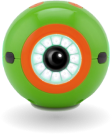



 Please wait while you are redirected to the right page...
Please wait while you are redirected to the right page...